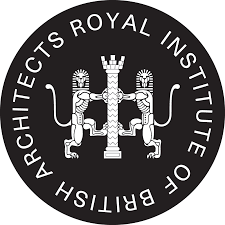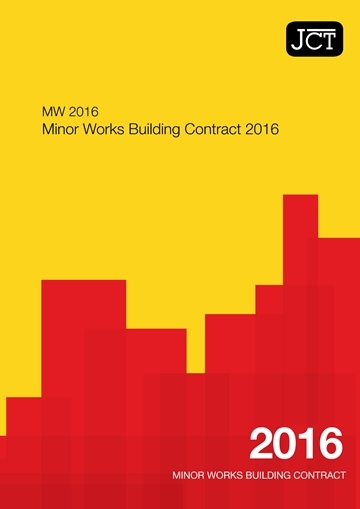How do Architects Work
What do Architects do
What do Architects do? Architects design and deliver buildings.
How do Architects work? They help clients realise buildings by assisting with regulations, securing approvals and providing details for costing and construction.
This is a long and complicated process and means working with many consultants, contractors and organisations on behalf of the client.
Standards
In order to qualify as an Architect you must be registered with the Architects Registration Board.
It takes 7 years of formall training to become an architect and register.
If you want to employ an architect check to see if they are listed with the Architects Registration Board (ARB).

RIBA
The Royal Institute of British Architects is a different organisation from the Architects Register Board serving a totally different purpose. The RIBA is a Royal Charter (not a register) and its purpose is to promote architecture. The ARB oversee individual architects’ membership and standards. Anyone can join the RIBA without necessarily being a registered Architect.
The RIBA also run a ‘Chartered Practice’ scheme where architects’ practices. are governed by particular standards.
These standards give clients further assurances about performance and professionalism.
Architecture.com is the RIBA’s website and is a great resource for appointing and working with clients. A list of individual Architects and Practices are included and potential clients can contact them to recommend an architect or practice for a specific project. Potential clients are encouraged to enter their requirements and location in order to be matched with suitable practice.
RIBA’s website also goes into greater detail, than this blog post, on how to work with an architect. We recommend it to potential clients.

Services
Most Architects and their practices cover the full design and delivery of buildings and will follow a recommended work structure provided by the RIBA. A majority will also consider isolated or reduced service appointments as well. Some practice will only specialise in certain aspects of Architecture like obtaining Planning Permissions. It is important to understand what an architect’s key strengths are before appointing them. Some clients appoint more creative practices for the initial design concepts and then other companies to deliver the building.
The figure below shows an outline of the RIBA plan of work. There is also a more detailed version available from their website.

Our Process (5 Stages)
Whilst Walters Architects essentially follow the RIBA Plan of Work we like to break the entire process down into 4 key stages. For our clients, when providing a breakdown of work, our phases are explained as follows:
1, To Planning – What it looks like (layouts and elevations)
2, To Building Control – How it’s Built (technical detail)
3, To Tender – How Much it Costs (going to 4 contractors)
4, Delivery – Running the contract (managing the build)
We rarely progress a stage until all previous requirements have been met. Otherwise, this can result in abortive work and unnecessary additional costs for the client.
Fees
Most practices, including ours, have three fundamental ways of charging their fees.
1, Fixed Fee (usually calculated per services or stage of the project)
2, Percentage Fees (a percentage of the construction costs)
3, Hourly Rate (different rates for different personnel).
It is a good rule of thumb to allow 10 – 15% of the total building cost for Professional fees. This is all the professional services, not just architects. The key thing is to be flexible and not be unrealistic with the expected build cost. Most architects prefer a percentage fee as there is no disputing the fee then. If a client insists that a building will cost £1m but it becomes £1.5m then obviously a fixed fee would have seen the architect underestimate their lability.
Contact Administration (not Project Management)
As part 4 of our services (above), Walters Architects can also administer a contract for the project. This stage of the work is sometimes referred to as Project Management, but it isn’t. A project manager is only necessary for certain instances (such as D&B Contracts).
A contract is the formal agreement between the client and the builder (see previous Blog 1st June 2021) and can either be a ‘Design & Build Contract’ or a Traditional Contract.
These are proprietary documents prepared by 3rd party professional bodies and cover some of the following:
1, Start date and end date
2, Drawings and specifications of how the building must be built
3, Who is responsible for legislation
4, Agreed sum
5, Damages for late delivery
6, Variations
No project should be started without having a contract in place, it simply eliminates any unknowns. Once a client has worked under a contract they rarely go back, it just adds security all around, which most lenders insist on one.

To Progress
Initial conversations and the first meeting are free with Walters Architects. This helps us assess the client and the proposal to see if it is feasible and if we are a good working fit.
If you’d like to discuss a proposal in any detail please feel free to call the office on 0116 2541830. As this Blog hopefully demonstrates, we are a transparent practice and only too happy to explain the process in the interests of the best possible results.

